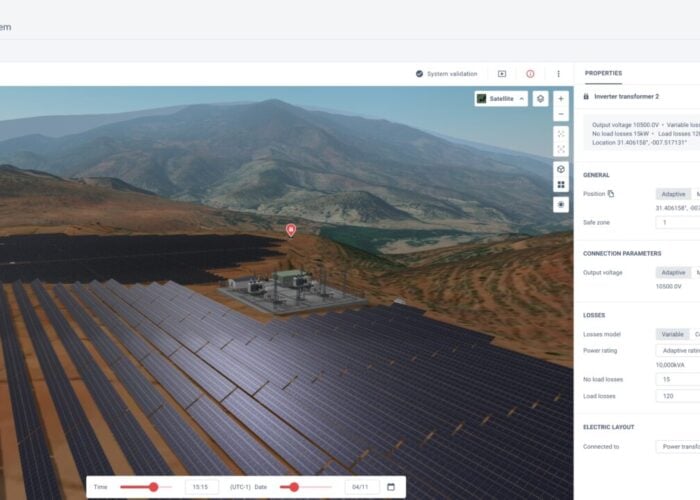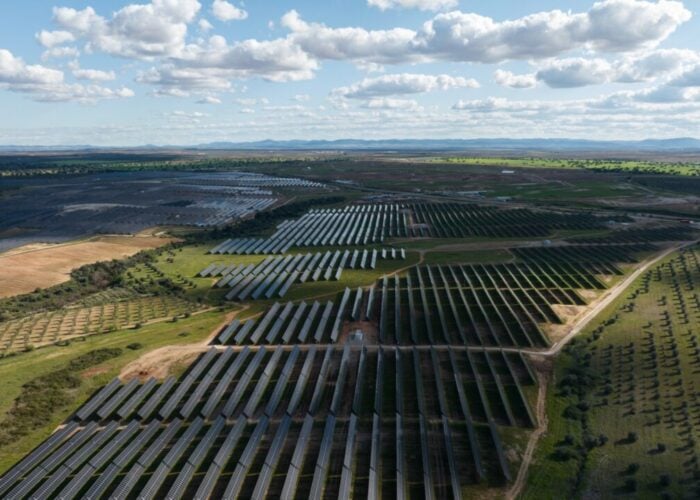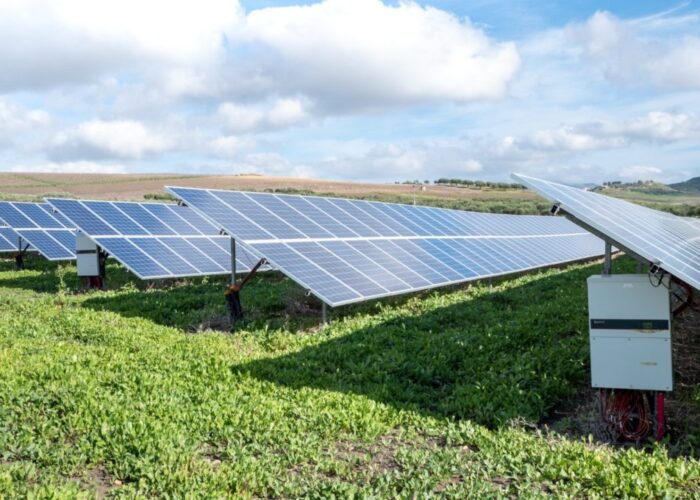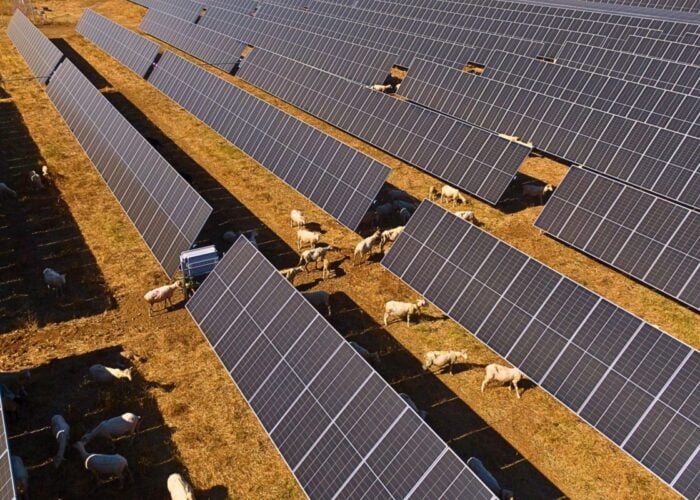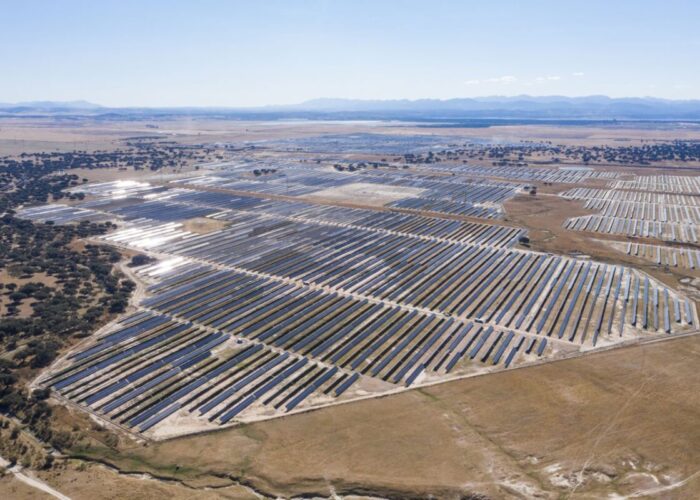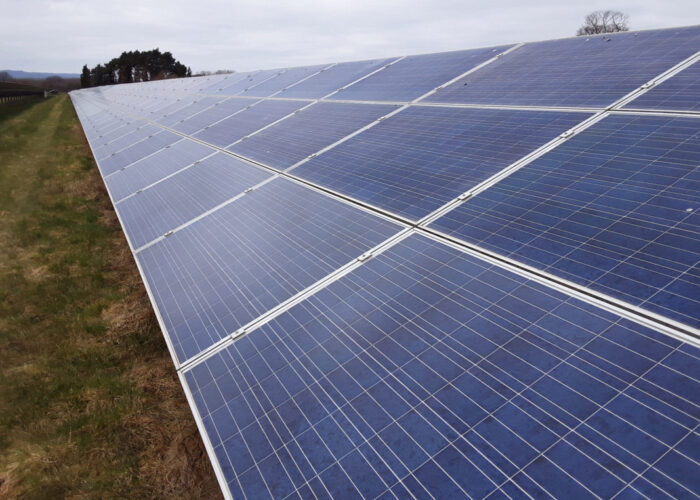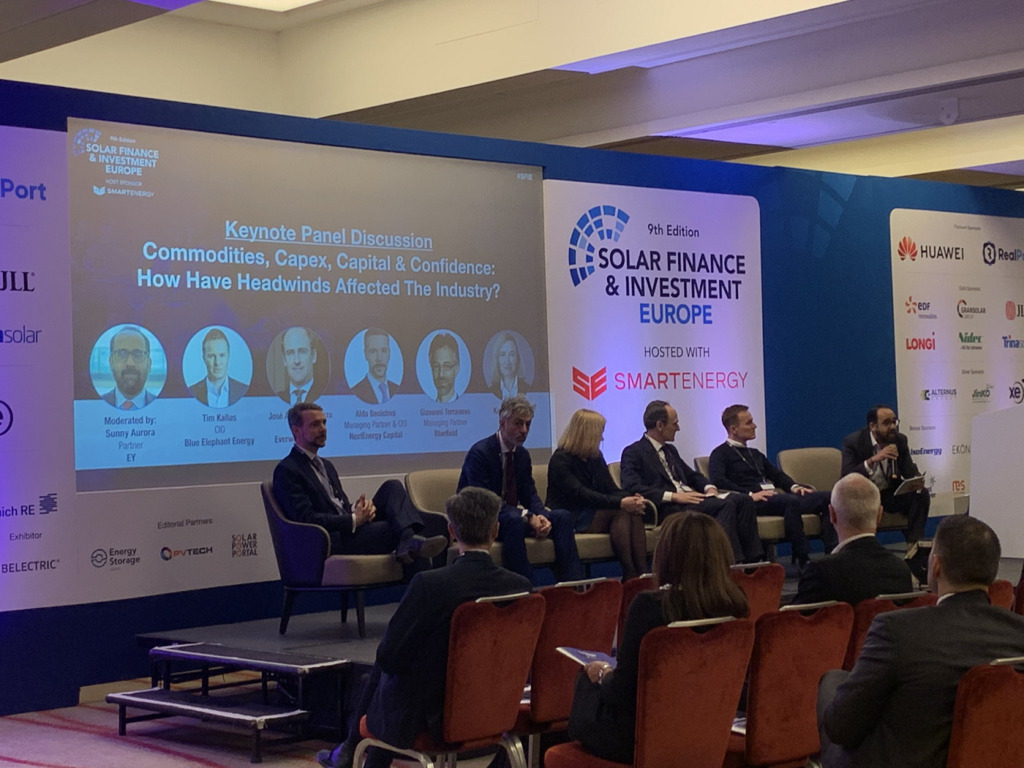
Liam Stoker reflects on the opening day of Solar Finance & Investment Europe 2022, where investors and developers alike warned of looming inflation, power price volatility and project availability as Europe’s energy landscape enters a new paradigm.
There’s an adage in politics that has grown in popularity of late. It’s said there are years when weeks of notable events happen, and weeks when years happen. Sunny Aurora, partner at consultancy firm EY, perhaps best placed into context, moderating the keynote panel at PV Tech publisher Solar Media’s Solar Finance & Investment Europe 2022 conference this week, when he reminded the room that COP26 took place in Glasgow less than six months ago, and a landmark IPCC report was published just last week.
Unlock unlimited access for 12 whole months of distinctive global analysis
Photovoltaics International is now included.
- Regular insight and analysis of the industry’s biggest developments
- In-depth interviews with the industry’s leading figures
- Unlimited digital access to the PV Tech Power journal catalogue
- Unlimited digital access to the Photovoltaics International journal catalogue
- Access to more than 1,000 technical papers
- Discounts on Solar Media’s portfolio of events, in-person and virtual
Such have recent events, especially Russia’s invasion of Ukraine and its ricocheting effect on energy economics in Europe and beyond, impacted the renewables landscape that it is perhaps difficult to isolate a key theme from the opening day.
But if there is one threat posed to the industry’s deployment prospects in the near-term that speakers and delegates were most concerned by, it is that of inflation. The solar industry has contended with incredible price pressures already over the last 12 months in particular and, with sky-high energy prices sending inflation soaring – and that lifting interest rates and other costs of capital – the levelised cost of electricity for renewables projects is being significantly impacted.
Giovanni Terranova of Bluefield suggested that with double-digit inflation a distinct possibility in certain markets, such price pressure would require a significant rethink in the way projects are approached. The increasing cost bases of PV projects would quickly eat up remaining margins and, as Everwood Capital partner Jose Antonio Urquizu stressed, interest rates are already of concern. And that’s not considering where interest rates may climb to if inflation worsens.
Inflation and the cost of capital was an ever-present topic on the event’s opening day, with much debate over to what extent Europe’s soaring wholesale power prices could offset cost increases. One potential consequence could be for asset owners and operators to consider more merchant exposure and adjust the percentage of revenues from power purchase agreements (PPAs) accordingly, a dilemma which Gregor McDonald, head of trading and PPAs at European Energy, described as a “luxury problem” for developers given the spiralling prices on Europe’s power markets today.
But even concluding on PPAs in today’s market is riskier, despite the inherent benefit for corporate or utility customers looking to hedge their costs. As McDonald said, given the time it takes to conclude on a PPA, especially for corporate customers, coupled with power market volatility, the pricing bandwidth offered at the start of negotiations – and indeed the entire economic basis for the project, given capex costs – could be wildly different by the time counterparties are in a position to sign.
Higher power prices are, however, sending corporate customers into action. Whereas previously corporate customers may have been “buying a PR story” by entering into a PPA with a solar project, triggered by ESG initiatives, McDonald said they are now hedging against power price volatility. And what’s more, higher capture prices for PPAs are “allowing creativity” in terms of pricing structures.
This is too creating hope that financing will be plentiful, even if the plethora of headwinds persist. The same may not be said for the number of projects, especially against a backdrop of heightened targets throughout Europe.
As the European Union’s RePowerEU strategy reinforced today, total PV generation capacity is expected to reach upwards of 420GW by 2030. Success in Germany will be pivotal for the continent reaching this target, the country having not too long ago increased its deployment target to 200GW by 2030. That will require as much as 9GW of solar PV to be installed each year and while supply chain concerns obviously continue to persist, a greater number of projects will also need to come forward. Tim Kallas, CIO at developer Blue Elephant Energy, said while projects are still economically feasible in spite of inflation, the industry needs to “reach an equilibrium” between project developers and providers of capital.
Terranova echoed Kallas’ sentiments by stressing that investors are moving into decarbonisation and clean energy in general and that capital will be available, just not as cheaply as it might have been, The biggest hurdle, Terranova stressed, will be in the availability of projects in which to invest that financing.

